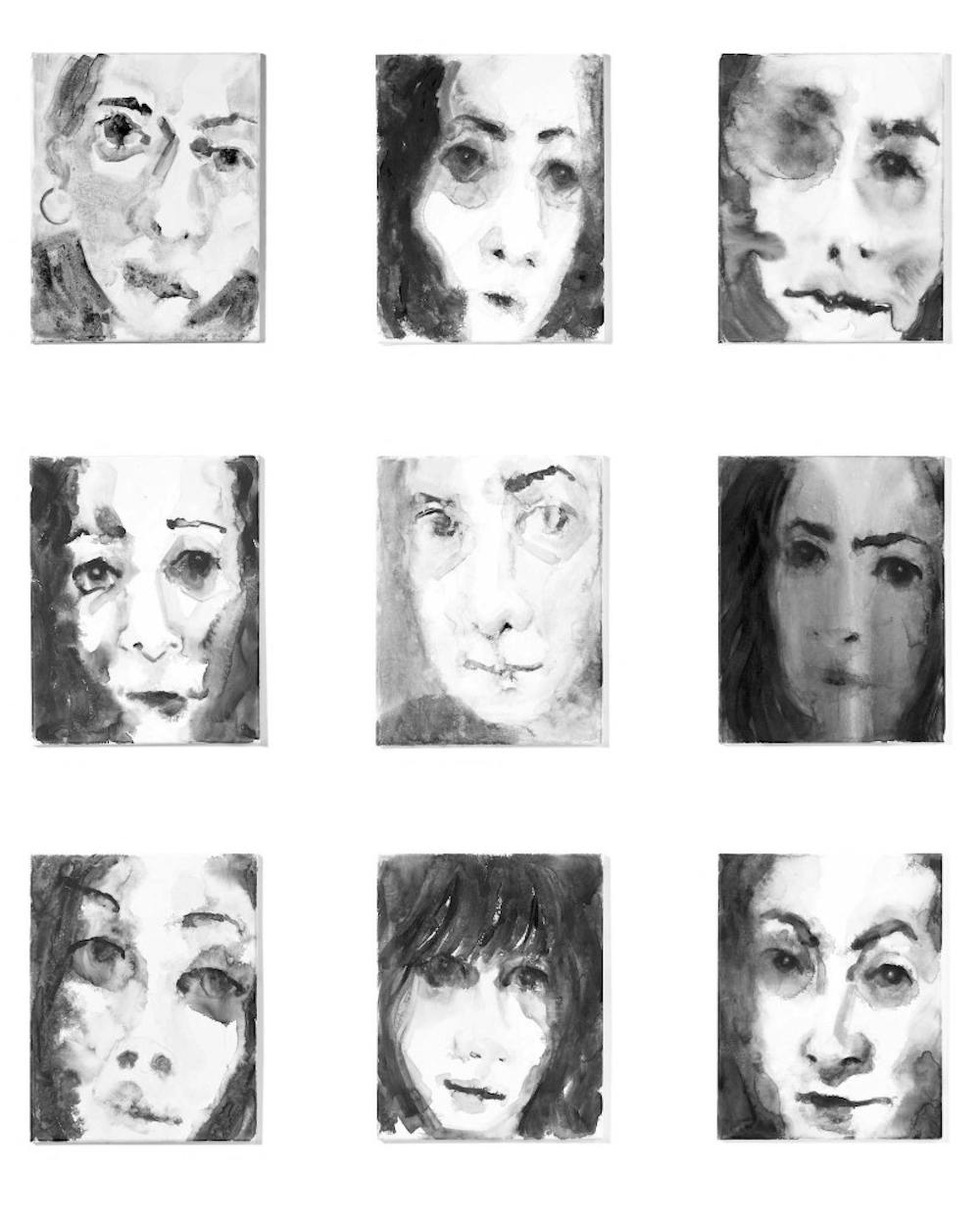On Oct. 30, the University of New Hampshire’s (UNH) Museum of Art held a reception for a new exhibit titled “The Odyssey Project: An Old Story For Modern Times.” Fifteen female artists (Nancy Berlin, Ruth Fields, Carol Greenwood, Jane Kamine, Colleen Kiely, Marilyn Levin, Jennifer Moses, Karen Moss, Sterling Mulbry, Carla Munsat, Ellen Rich, Judy Riola, Civia Rosenberg, Brenda Star and Sandra Stark) contributed to this exhibit, which was inspired by Emily Wilson’s translation of “The Odyssey,” the first translation of the epic Greek poem by a woman.
The group read Wilson’s translation as part of a book club that has been running for almost 25 years and originally had a focus on biographies, memoirs and articles on art. The club is also comprised of all women artists.

“Artists are working alone all of the time,” Jennifer Moses, the art and art history department chair, said. “It’s a way to have community and look at things without apology through a female lens. That discussion is off the table. Sometimes we say, are we looking at this as feminists or as objective readers? But we don’t have to explain the female gaze to each other. The issues and the language is something that we’re familiar with. We don’t have to explain each other to each other.”
All of the pieces are inspired by various passages, themes, ideas or characters found within “The Odyssey.” Some were inspired by transformation, some the attitude of the gods and others by the role of women. One piece was a series of water-based painted portraits of women created by Colleen Kiely entitled “Goddesses, Monsters and Mortals,” which combined two elements that struck a chord with her: the water present throughout the poem as Odysseus makes his journey, and the rich lives of the female characters in Wilson’s translation.
‘When I read Wilson's translation, the outer and inner lives of the women and girls grabbed my attention,” Kiely, an associate professor of art at Simmons University, said. “For example, in the last translation the slave girls in Odysseus' house were called some version of ‘whore,’ whereas Wilson translates the word as ‘girls,’ highlighting their vulnerability and powerlessness. I was interested in creating a range of expressive states, communicating the different inner states of the women and girls in the text, as Odysseus is usually the focal point of the poem.”

This was the book club’s first time as a group putting on an exhibit inspired by something that they have read. While filing the proposal for the exhibit to the Museum of Art, Moses reached out to various departments on UNH’s campus to see if there was any interest in holding programming to accompany the exhibit.
“Collaboration is always such a great idea,” Moses said. “You can see one thousand ways to collaborate across COLA [the College of Liberal Arts], even with the engineering department. Art is interdisciplinary. So we can collaborate with a lot of people, but it takes a lot of energy to move outside of your own focus and figure out how you’re going to work with others. But it really is a wonderful thing. When you collaborate, a lot will come out of it.”
Professor David Richman responded to Moses’ call for collaborators. He wrote and directed his own adaption of “The Odyssey,” also inspired by Wilson’s translation, which ran in the Johnson Theater from Oct. 30 to Nov. 3.
In his director’s note, Richman wrote, “We wanted the production to center on relations between people and not on things like bronze weapons or polished tables, so we decided to make most, not all, of the props imaginary. The poem leaves heavily on disguise. Athena transforms herself several times, and she makes Odysseus utterly unrecognizable. We found, we hope, an effective way to deal with these disguises.”
The play itself was a collaboration between the music, theater and dance departments, marking all departments in the Paul Creative Arts Center (PCAC) present and involved in something related to “The Odyssey” during the month.
“I attribute a lot of the energy and excitement I began to feel to Richman,” said Moses. “The theater department involved the music department; it was really amazing to have all of the occupants of PCAC working together.”
On Nov. 20 at noon, artists Ruth Fields, Jane Kamine, Colleen Kiely, Jennifer Moses and Sterling Mulbry will be meeting in the Museum of Art to talk about how they created their visual responses to Wilson’s “Odyssey.”
On Dec. 11, Stephen Trzaskoma, director of the Center for Humanities and department chair for Classics, Humanities and Italian Studies, will hold a lecture on the Greek concept of home. The lecture will start at 12:10 in room A218 at the PCAC.
While this has been one of the first collaborations between departments in this manner, the future is bright for further collaborations, Moses said.
“We’re trying to figure out a new project to do together,” Moses said. “It’ll be interesting to see what we can come up with next.”














